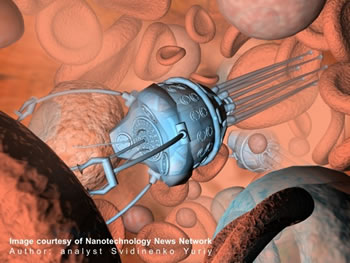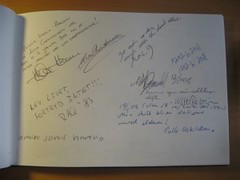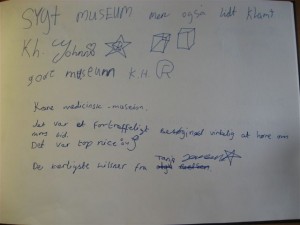Telemedicine has already been around for a while — especially in image-based diagnostics where specialists can, in principle, be located anywhere in the world when they interpret, say, photos of dermatological conditions or CT/MRI scanning images (and have flexible working hours and earn a lot of money).
Telemedical practices thus sustain the general trend of out-sourcing and marketization of medicine in the last decades, because the increasing number of specialists available diminish the constraints of local bottle-necks. Telemedicine is a truly globalizing technology.
In Europe, the private Telemedicine Clinic (TMC) in Barcelona, founded in 2002, has become a leading provider of large-scale image readings, serving public hospitals and local health authorites, including over 60 National Health Service (NHS) hospitals in the UK and several Swedish hospitals, among them Karolinska University Hospital in Stockholm and Lund University Hospital. Political demands for the reduction of waiting lists is one of the reasons why hospitals take this step; another reason is that small, regional hospitals, like Esbjerg Hospital in Denmark have difficulties recruiting specialists.
The American company Telerays has now gone a step forward in this out-sourcing and marketizing trend by establishing an auction-based market place for telemedical diagnostics in radiology. Hospitals and imaging centers send in orders for the interpretation of batches of images to a virtual auction room (Telerays’ website) where only accredited radiologists have access.
The job goes to the lowest bid (“Cut costs one bid at a time”, as Telerays’ webiste proclaims). The price is established solely by the hospital/imaging center and the bidding radiologist; but Telerays takes a flat 15% of the final price.
As Health Business Blog points out “Telerays could set the basis for lower priced, foreign competition to emerge”, but that there “will have to be a relaxation of regulation, payment policies and attitudes before that happens”.
(thanks to Radiologic Technology for the tip)

 The number of conferences of potential interest for medical museologists and historians of contemporary medicine is increasing.
The number of conferences of potential interest for medical museologists and historians of contemporary medicine is increasing. History of the vision of the future for robots
History of the vision of the future for robots
 Imaging technology in museums is not just about sublime high-tech artefacts to be admired by the esoteric few. As
Imaging technology in museums is not just about sublime high-tech artefacts to be admired by the esoteric few. As 
 As the awareness of radiation risks grew (see
As the awareness of radiation risks grew (see  The thick guest-book for the
The thick guest-book for the  In this one, Kris tells one of our handsome, cool and knowledgeable medical student guides:
In this one, Kris tells one of our handsome, cool and knowledgeable medical student guides: